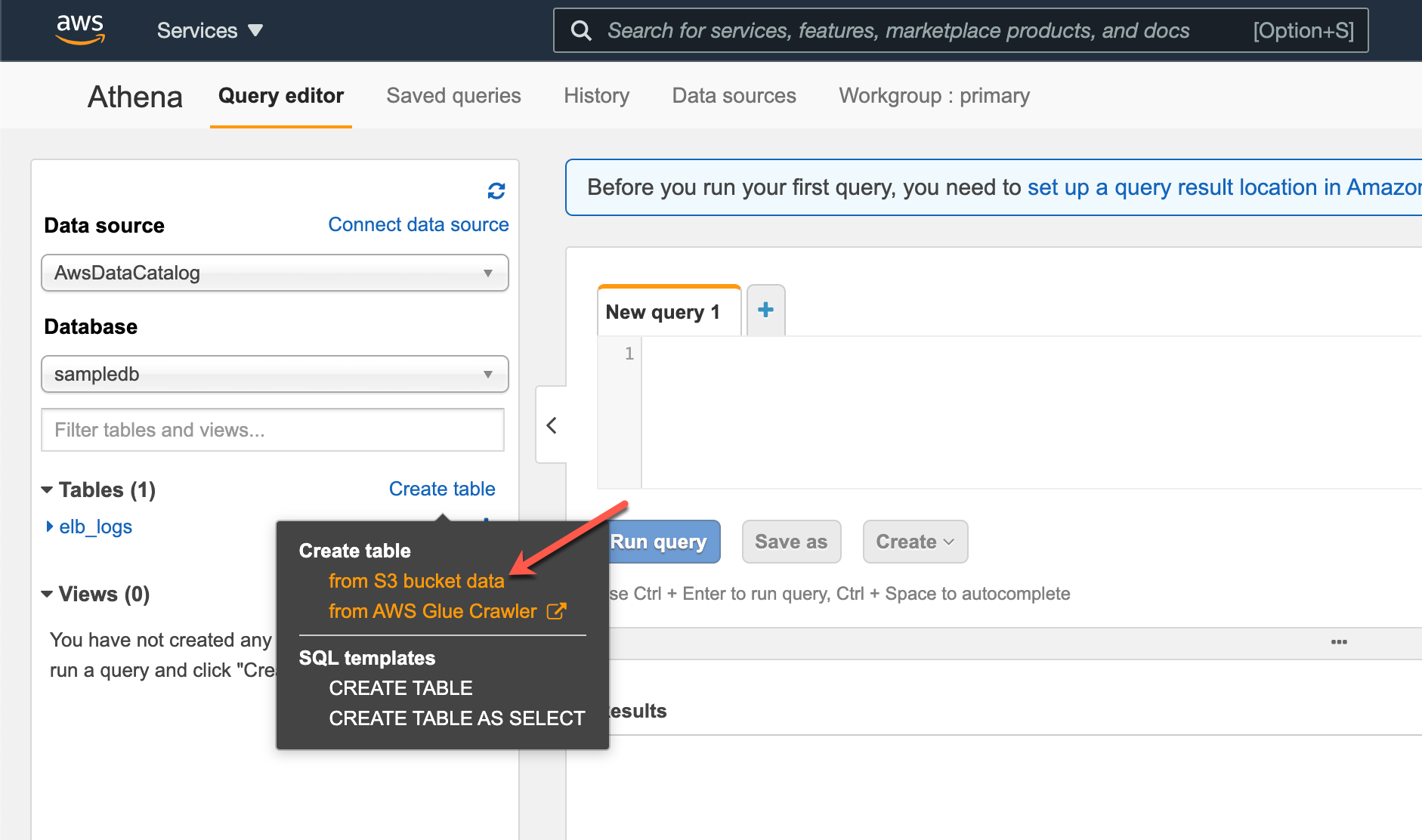
Then use the from_iso8601_timestamp() function to read the ts field as TIMESTAMP.
Datediff athena aws iso#
If your input data is in ISO 8601 format, as in the following: Note: The format in the date_parse(string,format) function must be the TIMESTAMP format that's used in your data. Then use the date_parse function as shown in the following example: SELECT date_parse(ts,'%Y%m%dT%h%i%s') FROM timestamptestcsv3 If your input data is in the following format: 20200921T015005 If the second date or time is later than the first date or time, the result is positive. The expressions must both contain the specified date or time part. LOCATION 's3://doc-example-bucket/path-to-data/' Use Presto's date and time functions to read the column as DATE or TIMESTAMP in your query A DATE, TIME, TIMETZ, or TIMESTAMP column or expressions that implicitly convert to a DATE, TIME, TIMETZ, or TIMESTAMP. Run a command similar to the following: CREATE EXTERNAL TABLE 'test' ('ts' STRING)

select datediff (qtr, '', currentdate) datediff - 40 (1 row) The following example joins the SALES and LISTING tables to calculate how many days after they were listed any tickets were sold for listings 1000 through 1005. The a, b parameters must be positive real values. The default column name for the DATEDIFF function is DATEDIFF. inverse_beta_cdf ( a, b, p ) → double #Ĭompute the inverse of the Beta cdf with given a, b parameters for the cumulative The a, b parameters must be positive real numbers and value v must be a real value. Cumulative distribution functions # beta_cdf ( a, b, v ) → double #Ĭompute the Beta cdf with given a, b parameters: P(N < v a, b).
Datediff athena aws trial#
Returns the upper bound of the Wilson score interval of a Bernoulli trial processĪt a confidence specified by the z-score z. wilson_interval_upper ( successes, trials, z ) → double # Returns the lower bound of the Wilson score interval of a Bernoulli trial processĪt a confidence specified by the z-score z. SELECT cosine_similarity ( MAP ( ARRAY, ARRAY ), MAP ( ARRAY, ARRAY )) - 1.0 wilson_interval_lower ( successes, trials, z ) → double # Returns the cosine similarity between the sparse vectors x and y: Statistical functions # cosine_similarity ( x, y ) → double # Returns the base- radix representation of x. Returns the value of string interpreted as a base- radix number. Base conversion functions # from_base ( string, radix ) → bigint # Returns the constant representing not-a-number. is_nan ( x ) → boolean #ĭetermine if x is not-a-number. is_infinite ( x ) → boolean #ĭetermine if x is infinite. is_finite ( x ) → boolean #ĭetermine if x is finite. Returns the constant representing positive infinity. Floating point functions # infinity ( ) → double # See unit conversion functions degrees() and radians(). Trigonometric functions #Īll trigonometric function arguments are expressed in radians. Returns a pseudo-random number between m and n (exclusive). Returns a pseudo-random number between 0 and n (exclusive). Returns a pseudo-random value in the range 0.0 <= x < 1.0. The bins parameter must be an array of doubles and isĪssumed to be in sorted ascending order. Returns the bin number of x according to the bins specified by theĪrray bins. Specified bound1 and bound2 bounds and n number of buckets. Returns the bin number of x in an equi-width histogram with the

width_bucket ( x, bound1, bound2, n ) → bigint # Returns x rounded to integer by dropping digits after decimal point. Returns the signum function of x, that is:įor double arguments, the function additionally returns: Returns x rounded to the nearest integer. radians ( x ) → double #Ĭonverts angle x in degrees to radians. Returns the modulus (remainder) of n divided by m.

Returns x rounded down to the nearest integer. Returns Euler’s number raised to the power of x. degrees ( x ) → double #Ĭonverts angle x in radians to degrees. Returns x rounded up to the nearest integer. The main difference is Amazon Athena helps you read and. In many respects, it is like a SQL graphical user interface (GUI) we use against a relational database to analyze data. It runs in the Cloud (or a server) and is part of the AWS Cloud Computing Platform. Mathematical functions and operators # Mathematical operators #ĭivision (integer division performs truncation) Amazon Athena is a web service by AWS used to analyze data in Amazon S3 using SQL.


 0 kommentar(er)
0 kommentar(er)
